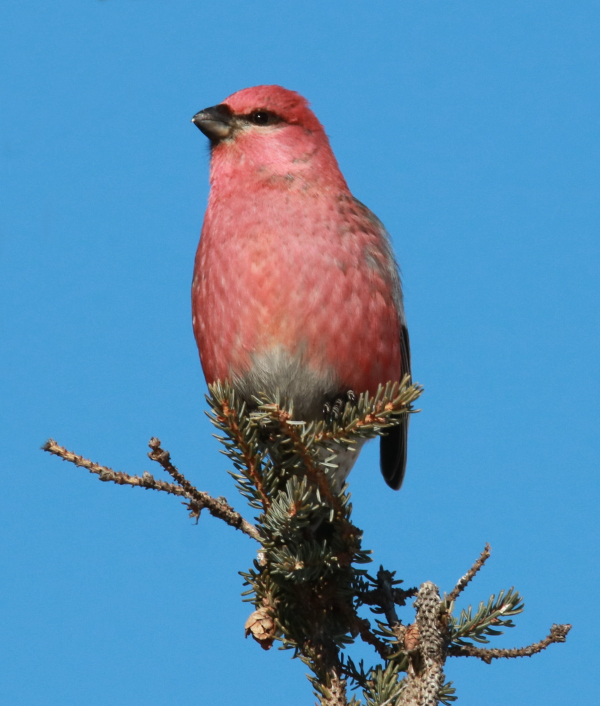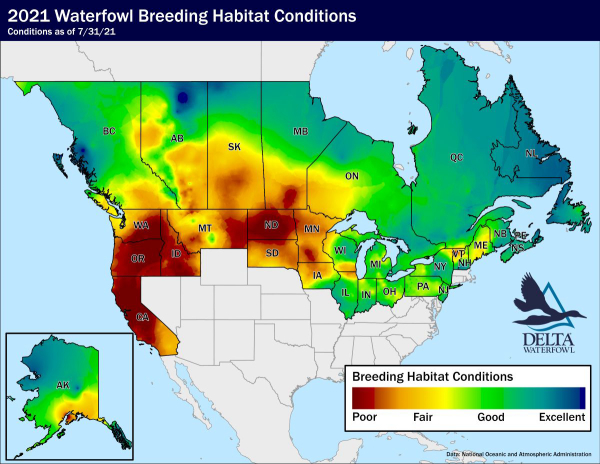Breeding Duck Populations Still High in 2016
JACKSON – The U. S. Fish and Wildlife Service and Canadian Wildlife Service, along with other partner organizations, recently completed their annual waterfowl breeding population and habitat surveys on the breeding grounds in the northern United States and Canadian provinces. These surveys monitor waterfowl populations and critical wetland habitat conditions, which are directly related to the number of birds which will head south during the fall and winter. Estimates from these surveys are used to help set hunting season frameworks like bag limits and the number of hunting days. The overall North American total pond estimate, a measure of wetland habitat quantity, decreased by 21 percent from the estimate in 2015. However, wetland habitat availability was similar to the long term average, and the total breeding duck population estimate decreased by only two percent from 2015 estimates and remained well above the long term average.
Population estimates for five of the ten surveyed duck species increased this year. Mallard numbers increased by one percent from last year to a total of 11.7 million birds, which is the highest estimate on record. Scaup and American wigeon populations showed the greatest increases (14% and 12%, respectively). Redheads and American green-winged teal populations also experienced increases. Blue-winged teal, northern shoveler, northern pintail, gadwall, and canvasback population estimates revealed decreases in their overall numbers.
“The waterfowl breeding grounds are still experiencing a decline in grassland nesting habitat in portions of the United States and Canada, which is extremely important for nesting waterfowl. Significant acreage has been lost from these vital grasslands from declines in Conservation Reserve Program enrollment and loss of native prairie habitat,” said Houston Havens, Waterfowl Program Coordinator for the Mississippi Department of Wildlife, Fisheries, and Parks. Havens commented, “Even with breeding duck populations again near record numbers, Mississippi hunters are reminded that many factors will determine whether or not large numbers of these birds show up in Mississippi wetlands.” Fall and winter weather, as well as wetland habitat conditions here on the wintering grounds play major roles in duck migrations, which will ultimately define the hunting season for Mississippi’s duck hunters.
For more information regarding waterfowl in Mississippi, visit our website at www.mdwfp.com/waterfowl or call us at (601) 432-2199. Follow us on Facebook at www.facebook.com/mdwfp or on Twitter at www.twitter.com/MDWFPonline.






